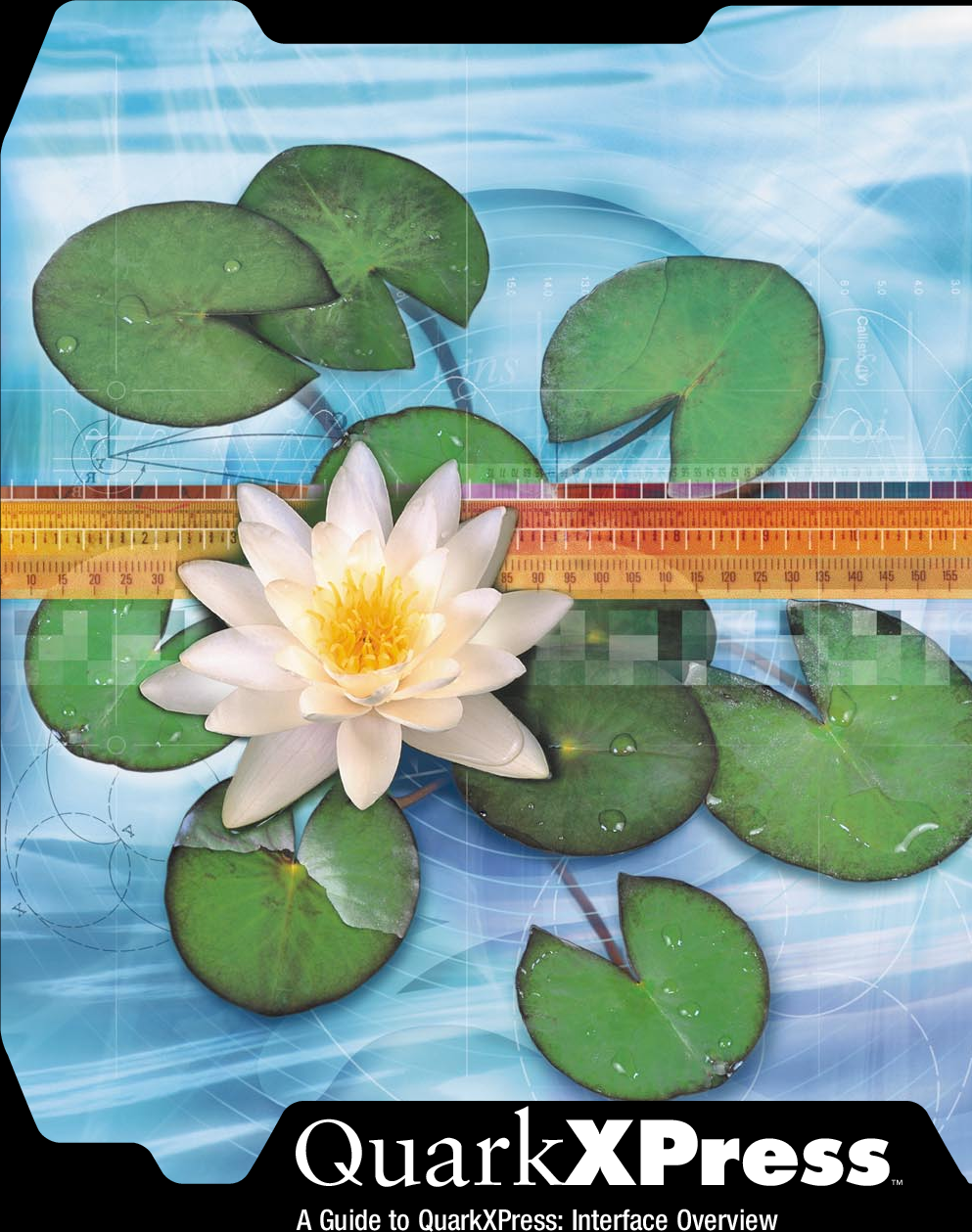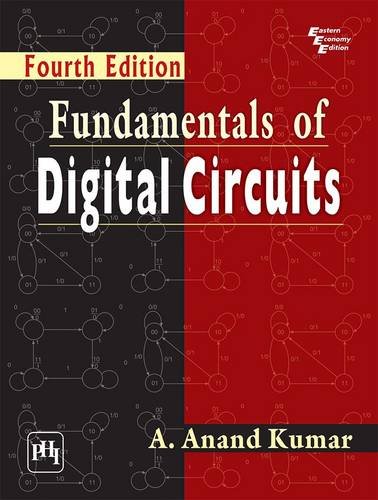Name of the Book: Circuit Theory Textbook by A Nagoor Kani
Author(s) Name: A Nagoor Kani
Circuit analysis theory and practice 5th edition PDF. Robbins and Wilhelm C. Miller’s Circuit analysis theory and practice 5th edition book cover the following broad topics viz., Foundation dc concepts, basic dc analysis, capacitance and inductance, foundation ac concepts and impedance networks. The PDF book has a total of 1037 pages. Home Basic Circuit Theory By Charles A. Desoer, Ernest S. PDF Basic Circuit Theory By Charles A. Desoer, Ernest S. Kuh Book Free Download By.
Name of the Publisher: Mcgraw Hill Education
Book Format: PDF
Book Language: English Matlab 6.0 software, free download0 software, free download.
Circuit Theory Textbook by A Nagoor Kani Pdf Free Download. This Book will useful to most of the students who were Studying Electronic and Communication Engineering (ECE). This book will also useful to most of the students who were prepared for competitive exams. The author Nagoor Kani clearly explained about the Circuit Theory subjec by using simple language.
- 8085 Microprocessor and its Applications Textbook by A Nagoor Kani.
- Signals and Systems Textbook by A Nagoor Kani.
- Control Systems Textbook by Nagoor Kani.
 (OR)Click Here to Download (Link-2)
(OR)Click Here to Download (Link-2)Check the above links to download the Circuit Theory textbook by A Nagoor Kani. These book is also useful to most of the students who are preparing for Competitive Exams.
 Circuit Theory Textbook by A Nagoor Kani Pdf Free Download.
Circuit Theory Textbook by A Nagoor Kani Pdf Free Download.RELATED ARTICLESMORE FROM AUTHOR
ELECTRICAL ENGINEERING[PDF] Power System Engineering by D Kothari and I J Nagrath book free download
ELECTRONIC ENGINEERINGFundamentals of Complex Analysis by Saff, E. B. and A. D. Snider Pdf Free Download
ELECTRONIC ENGINEERINGAdvanced Engineering Mathematics with MATLAB by Dean G. Duffy Pdf Download
Most of electrical engineering was invented by 1925, reduced to practice by 1935, and mathematically analyzed and scientifically understood by 1945. So what makes this book different? Symbolic computation programs such as MATLAB, MuPAD, and Mathematica eliminate calculators and time consuming math. Cloud computing at sites like Circuit Lab make simulation possible on a cell phone. This leaves room for more material to be covered at greater depth.
This Course

The 1st and 2nd order differential equations can be solved with Euler's equation (phasors) and calculus. This solution technique is compared with Laplace transforms. The course builds on Kirchhoff's laws to write differential equations using transfer functions. The particular solution reduces to a final condition if sources are replaced with a unit step function. All that needs to be calculated is the homogeneous step response. Then response to any complex voltage or current source can then be found through the convolution integral.
Requirements
This book will expect the reader to have a firm understanding of Calculus specifically, and will not stop to explain the fundamental topics in Calculus. This book shows where Laplace transforms provide an alternative solution, but only in a few examples in parallel with phasor solutions.
This book is not nearly completed, and could still use a lot of work. People with knowledge of the subject are encouraged to contribute.
A PDF version is available. (info) |
This book requires that you first read Calculus. |
This book is intended for advanced readers. |
This book has a collection for ordering aprinted copy of this book for a fee. (edit) (help) |
A printable version of Circuit Theory is available. (edit it) |
The Circuit Pdf Free
Print Version:Print Version (print version) (discuss)
- Warning: The print version is over 90 pages long, as of 2 August 2006.
Circuit Theory Textbook Pdf
Cover Page:Cover Page
All Pages:All Pages
Introduction[edit]

Circuit Basics[edit]

Transistors[edit]
Circuit Analysis[edit]
Steady State Response[edit]
Circuit Analysis Tips and Tricks[edit]
Impedance, Node, Mesh[edit]
Source Transformation[edit]
Tips and Tricks[edit]
Transient Response[edit]
- First Order Initially Excited
- First Order Source Excitement
- First Order Initial and Source
- Second Order Initially Excited
- Second Order Source Excitement
State Variables[edit]
Filters[edit]
Control[edit]
Power[edit]
Circuit Theory Pdf
